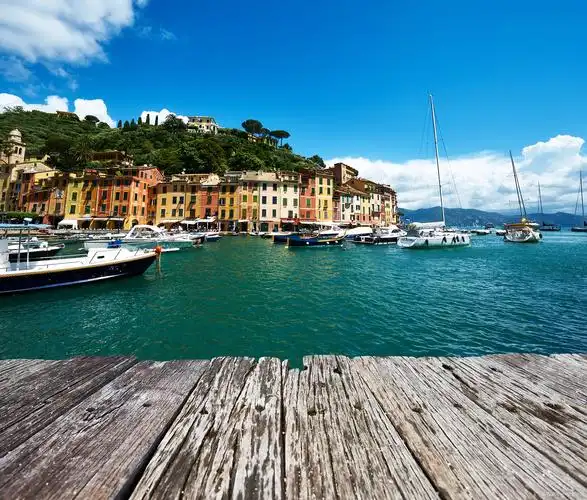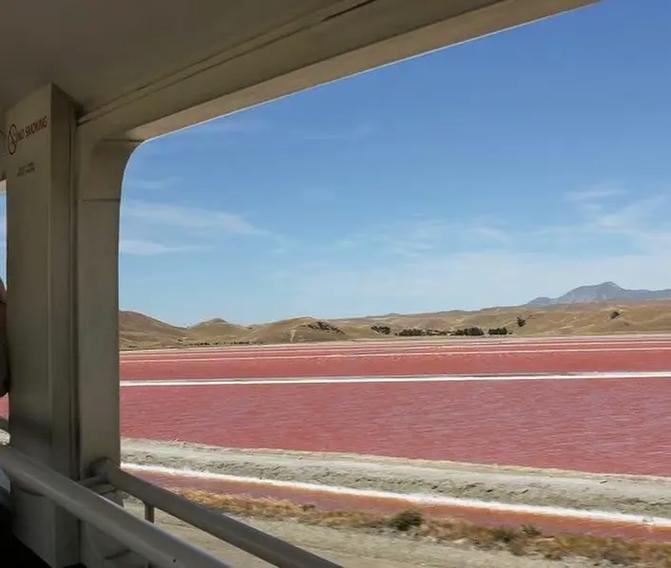Global Travel Information
Taklamakan Desert, China
The Enigmatic Taklamakan Desert: China’s Sea of Death
Nestled in the heart of Central Asia, the Taklamakan Desert is one of the world’s most formidable and mysterious landscapes. Spanning over 337,000 square kilometers in China’s Xinjiang Uyghur Autonomous Region, it is the largest desert in China and the second-largest shifting sand desert globally, surpassed only by the Rub' al Khali in the Arabian Peninsula. Known as the "Sea of Death" in local Uyghur language, the Taklamakan is a place of extremes—blistering heat, frigid cold, relentless sandstorms, and an almost surreal silence that envelops its vast dunes.
A Harsh and Unforgiving Landscape
The Taklamakan Desert is a textbook example of a hyper-arid region, with annual precipitation rarely exceeding 100 millimeters. Summers are scorching, with temperatures soaring above 50°C (122°F), while winters plunge below -20°C (-4°F). The desert’s name, derived from the Uyghur words takla (to abandon) and makan (place), aptly translates to "the place from which no one returns"—a testament to its deadly reputation.
What makes the Taklamakan particularly treacherous is its shifting sand dunes, some reaching heights of over 300 meters. These dunes are constantly reshaped by fierce winds, creating an ever-changing labyrinth that has swallowed entire caravans throughout history. The desert’s sheer size and lack of reliable water sources made it a near-impassable barrier for ancient travelers, earning it a fearsome place in Silk Road lore.
The Silk Road’s Most Dangerous Crossing
Despite its dangers, the Taklamakan Desert was a critical segment of the ancient Silk Road, the network of trade routes connecting China to the Mediterranean. Traders, pilgrims, and adventurers had no choice but to navigate its fringes, skirting the northern and southern edges where oases provided fleeting respite.

The northern route passed through cities like Turpan and Kashgar, while the southern trail led travelers to Khotan and Yarkand. These oases were not just lifelines for survival but also hubs of cultural exchange, where Buddhism, Islam, and other religions mingled with the goods and ideas flowing along the Silk Road.
Archaeological discoveries in the Taklamakan have revealed lost cities buried beneath the sands, such as the ancient kingdom of Loulan, which thrived over 2,000 years ago before vanishing mysteriously. Mummies, some dating back 4,000 years with European features, have also been unearthed, suggesting that the desert was once a crossroads of diverse peoples long before recorded history.
Life in the Desert: Adaptations and Survival
Despite its brutality, the Taklamakan is not entirely lifeless. Hardy vegetation like tamarisk and poplar trees cling to the edges of oases, while wildlife such as wild Bactrian camels, foxes, and rare birds have adapted to the extreme conditions. The Bactrian camel, with its ability to endure weeks without water, was indispensable to Silk Road traders and remains a symbol of resilience in the region.
Human settlements, though sparse, persist near oases where Uyghur and other ethnic groups cultivate crops like grapes, melons, and cotton using an ancient system of underground irrigation channels known as karez. These ingenious tunnels prevent water from evaporating in the scorching heat, allowing agriculture to flourish in one of the driest places on Earth.
Modern Exploration and Challenges
In modern times, the Taklamakan has drawn explorers, scientists, and even filmmakers seeking to unravel its secrets. The desert’s shifting sands have preserved artifacts remarkably well, offering glimpses into civilizations long gone. However, the same sands also pose challenges for infrastructure—China’s ambitious highway and railway projects, such as the Tarim Desert Highway, must constantly battle against encroaching dunes.
Climate change adds another layer of uncertainty. While some studies suggest the Taklamakan is expanding due to desertification, others point to localized greening efforts and increased rainfall in certain areas. The desert remains a focal point for research on arid ecosystems and the limits of human endurance.
The Taklamakan’s Mystique and Allure
Beyond its scientific and historical significance, the Taklamakan captivates with its raw, otherworldly beauty. At sunrise and sunset, the dunes glow in hues of gold and crimson, while the night sky, unpolluted by city lights, reveals a breathtaking tapestry of stars. The silence is profound—an almost meditative emptiness that contrasts sharply with the bustling cities just beyond its borders.
For adventurers, the Taklamakan offers one of the last true wildernesses on Earth. Crossing it remains a daunting feat, reserved for the most determined explorers. Yet, for those who dare, the desert rewards with a sense of timelessness—a reminder of nature’s power and humanity’s fragile place within it.
Conclusion: A Desert of Contrasts
The Taklamakan Desert is a land of paradoxes—deadly yet beautiful, barren yet historically rich, isolating yet once central to global trade. It stands as a monument to the resilience of life and the impermanence of human endeavors. Whether viewed as a wasteland or a wonder, the Taklamakan remains one of Earth’s last great enigmas, waiting silently beneath the shifting sands.
相关文章
- Best Time to Visit Elbe River: Seasonal Tips for Travelers
- Elbe River Cruise Routes: From Hamburg to Dresden
- Elbe River Hiking Trails: Scenic Paths Along the Waterway
- Elbe River Length & Source: Key Geographic Facts
- Cities Along Elbe River: Must-See Destinations in Germany
- Elbe River Historical Significance: Key Events Through Time
- Elbe River Water Level Today: Real-Time Updates for Boaters
- Elbe River Cycling Routes: Explore by Bike This Year
- Elbe River Wildlife Watching: Where to Spot Birds & Animals
- Elbe River Local Festivals: 2025 Events Not to Miss
发表评论
评论列表
- 这篇文章还没有收到评论,赶紧来抢沙发吧~


